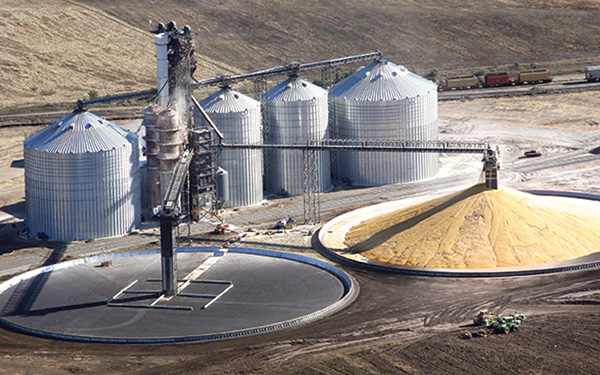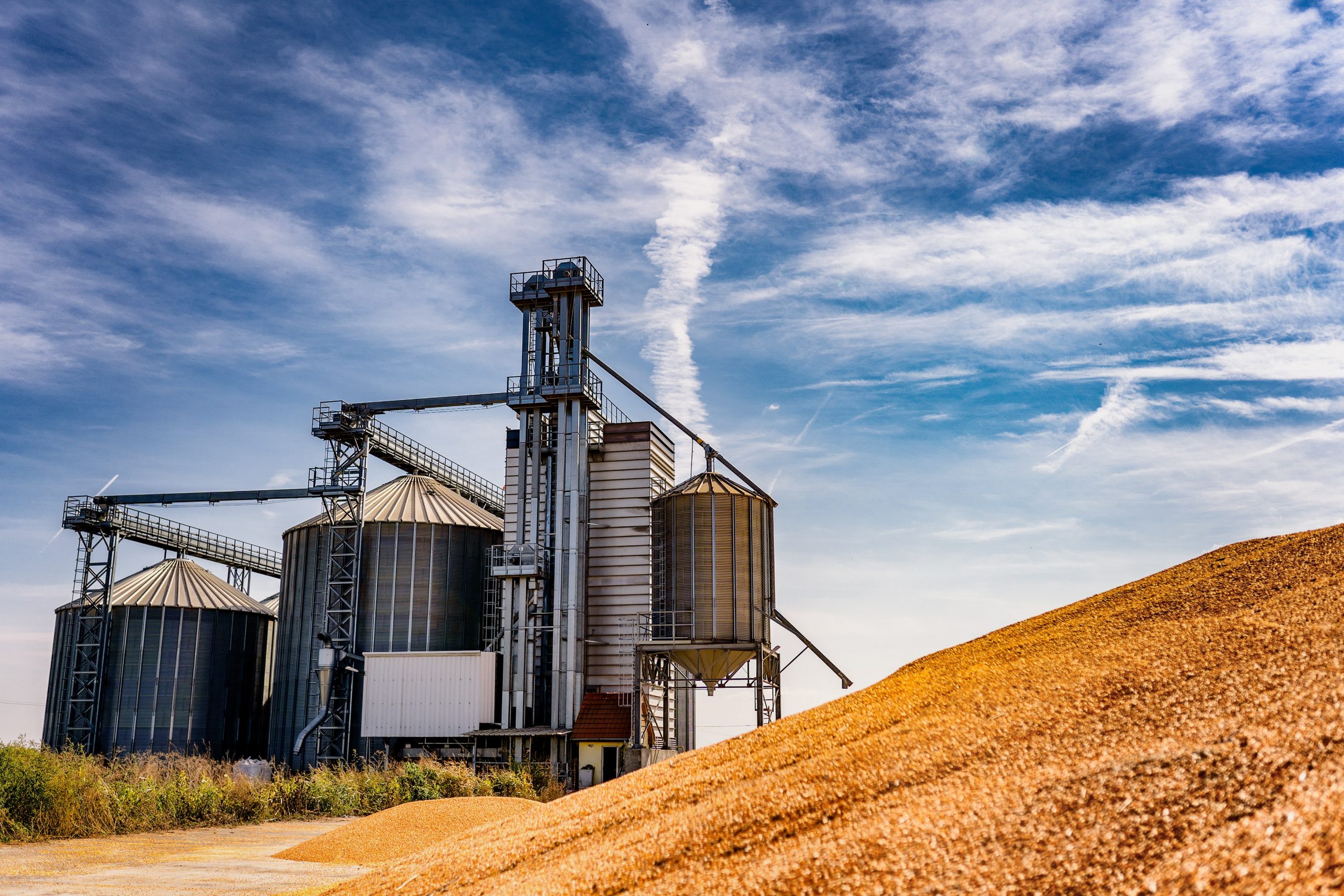The work of grain storage systems in Australia is vital to the agricultural sector, as it ensures that the country has enough food to meet the needs of its population. Grain storage at McNaughts help to keep grains safe and organized, allowing them to be distributed more efficiently and reducing the chance of spoilage. Additionally, they can help to ensure that farmers receive their fair share of a marketable product.
Grain Storage Systems Types
Grain storage systems are an important part of the farming process. There are various types of grain storage systems, each with its advantages and disadvantages. Some of the most common grain storage systems are silos, bins, and bags. Silos are large cylindrical structures made from concrete or steel. They can hold a large grain, usually stored in a dry environment. Bins are rectangular structures made from metal or wood. They are not as large as silos but cheaper to build. Grain is usually stored in bins in a moist environment. Bags are made from cloth or plastic and can hold a small amount of grain. Grain is usually stored in bags in a dry environment.
Grain Storage Systems Components
Grain storage systems are an important part of any farm. The type of system you choose will depend on the size of your farm, the amount of grain you produce, and the climate where you live. Several different types of grain storage systems are available, each with its advantages and disadvantages.
One common type of grain storage system is a silo. Silos are cylindrical structures made from metal or concrete that can hold large quantities of grain. They are usually equipped with a drill or conveyor belt to move the grain to and from the silo. Silos are a good option for large farms that produce a lot of grain.
Another common type of grain storage system is a bin or hopper. Bins are rectangular structures made from metal, wood, or concrete.

Grain Storage Systems Capacity
Grain storage systems have been used for centuries to store crops. The first-grain storage systems were pits dug in the ground. These pits were covered with straw, mats, or other materials to protect the grain from the weather. Grain could also be stored in sacks or barrels. Today, many grain storage systems exist, including bins, silos, and bags.
Grain storage systems are important for farmers because they store crops for longer periods. It is important because it allows farmers to sell their crops at a higher price and reduces the risk of losing crops to bad weather or pests. Grain storage systems also allow farmers to buy crops when prices are lower and sell them when prices are higher.
Grain Storage Systems Location
Grain storage systems’ location is important when looking for a grain storage system. The location of the grain storage system can affect how the grain is stored and how it can be accessed.
There are several factors to consider when choosing a location for grain storage at McNaughts. The first factor is the type of grain that will be stored. Some grains, such as corn, are taller than others and require more storage space. The second factor is the climate. Grain must be stored in a cool, dry place to prevent spoilage. The third factor is the distance to the market. Grain must be transported to the market quickly and easily to get the best price. The fourth factor is security. Grain must be stored in a safe place where it will not be damaged or stolen.
















